DZTA Coagulant Research: visiting Cuajos Caporal
A small scale rennet company in Spain. Photo credit: Alexander Pomper.
The final 3 months of my cheese travels will be spent doing research for a scholarship I received called the Daphne Zepos Teaching Award. It will involve documenting how rennet and plant coagulants are made and used, and what their impact is on cheese ripening. As a cheesemaker from North America, I have noticed that there is a much smaller range of coagulants used there compared to what is available in Europe. My intention is to bring the information I gather back home and increase awareness of how coagulants are made for the benefit of cheesemakers, mongers, and enthusiasts.
Rennet is perhaps the most controversial, and misunderstood ingredient used in cheesemaking. For me, rennet means animal rennet, which is sourced from the abomasums of animals still drinking their mothers milk. The abomasum is the 4th compartment of the ruminant digestive system, and it produces enzymes that coagulate liquid milk into a solid, making nutrients more accessible. This is the origin of cheese, and humans have utilized this enzymatic magic in cheesemaking for centuries. The milk that humans obtain results from inducing livestock to become pregnant and give birth. The sacrifice of some of the infant animals to make rennet, and allow their mothers milk to be used for cheese, is at the root cheesemaking in many parts of the world. There are places in the world where cheese is made without rennet or other coagulants, such as Mongolia and India, where most of the traditional cheeses utilize acid/heat coagulation (such as ricotta analogs, panir, or variations of yogurt). But what we generally think of as cheese requires the use of rennet, or a substitute in the form of plant coagulants or modern creations such as microbial “rennet” or FPC. I use the umbrella term coagulants to refer to all of these, which I will go into further detail about in future posts.
Yesterday I visited a small rennet production facility outside of Valladolid, Spain, with my photographer friend, Alexander Pomper, click to see his work. It was very fortunate that we were invited to tour and document the process of Cuajos Caporal, a company producing liquid and paste rennet from lambs and goat kids. The lamb stomachs they use are sourced from local slaughterhouses. There is a traditional dish made here from suckling lamb, called Lechazo de Castilla Y Leon that has GI, AKA protected origin status. It seems likely that the roots of this and most other dishes involving animals still feeding solely on milk are related to historical rennet making. The dishes evolved as a way to utilize the animals who are sacrificed in order that their mothers milk may be used for cheesemaking, with the stomachs of these sacrificial animals used in the process.
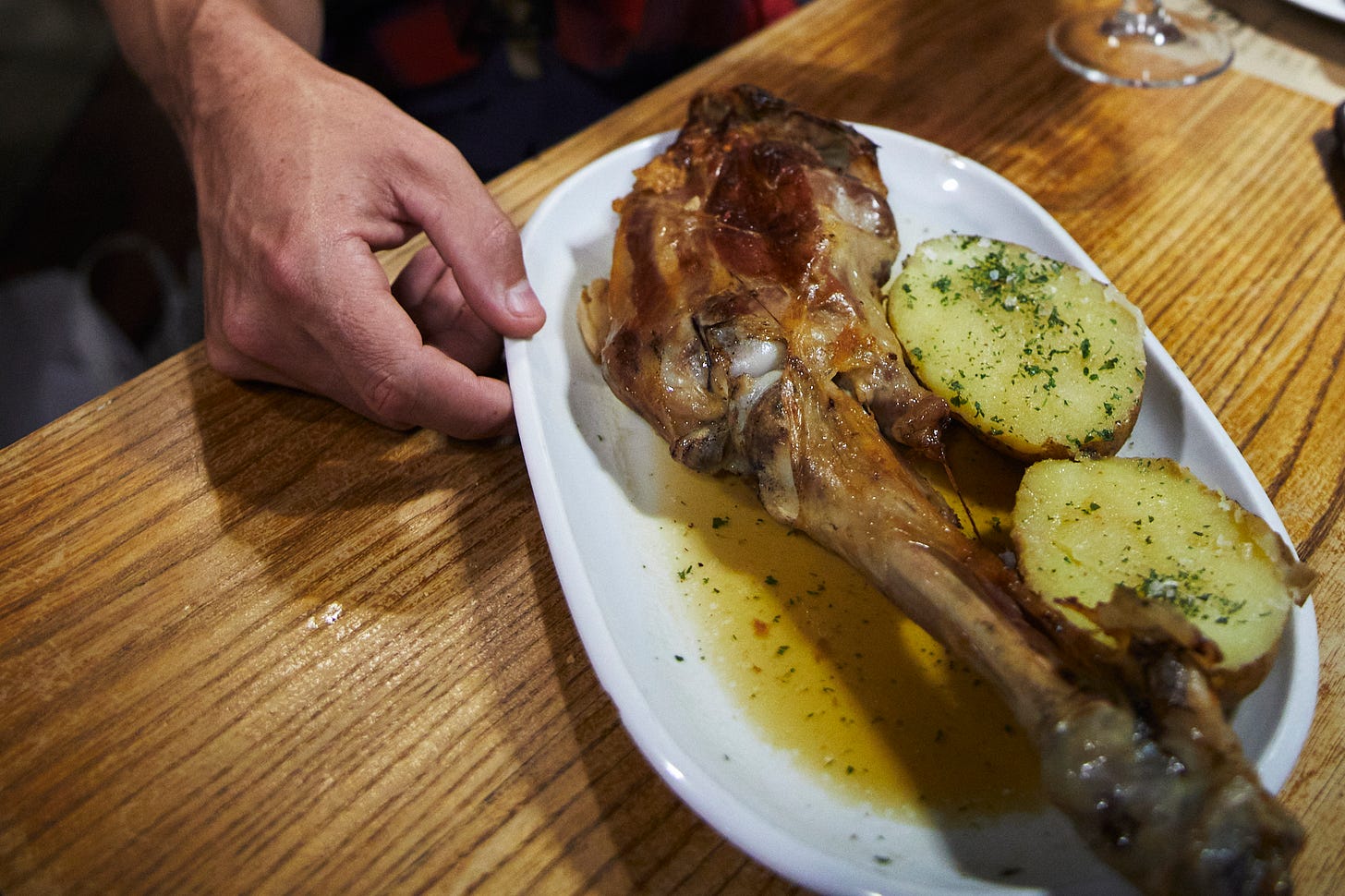
The dish remains, but the use of the stomachs for rennet had fallen out of favor in the middle of the last century, as commercial rennet became available. If this small company wasn’t obtaining the abomasums from the slaughterhouses, they would be disposed of. They are creating natural lamb and goat rennet of the highest quality, incorporating as much of the traditional process as possible, while conforming to modern food safety regulations. They have an employee collect the abomasums from mulitple houses on the day of slaughter, and begin processing them the next day.
We were greeted in the small warehouse by the director, Ana Arroyo Fernández, and her team. The room where the abomasums are dried smelled strongly of prosciutto, and the stomachs full of coagulated milk had aromas of lipase, which basically smells like stomach acid, an aroma we all know, and generally have negative associations with. A room where the dried stomachs are stored in bags smelled oddly like chocolate. A house of evocative aromas, and sights some would find grotesque.
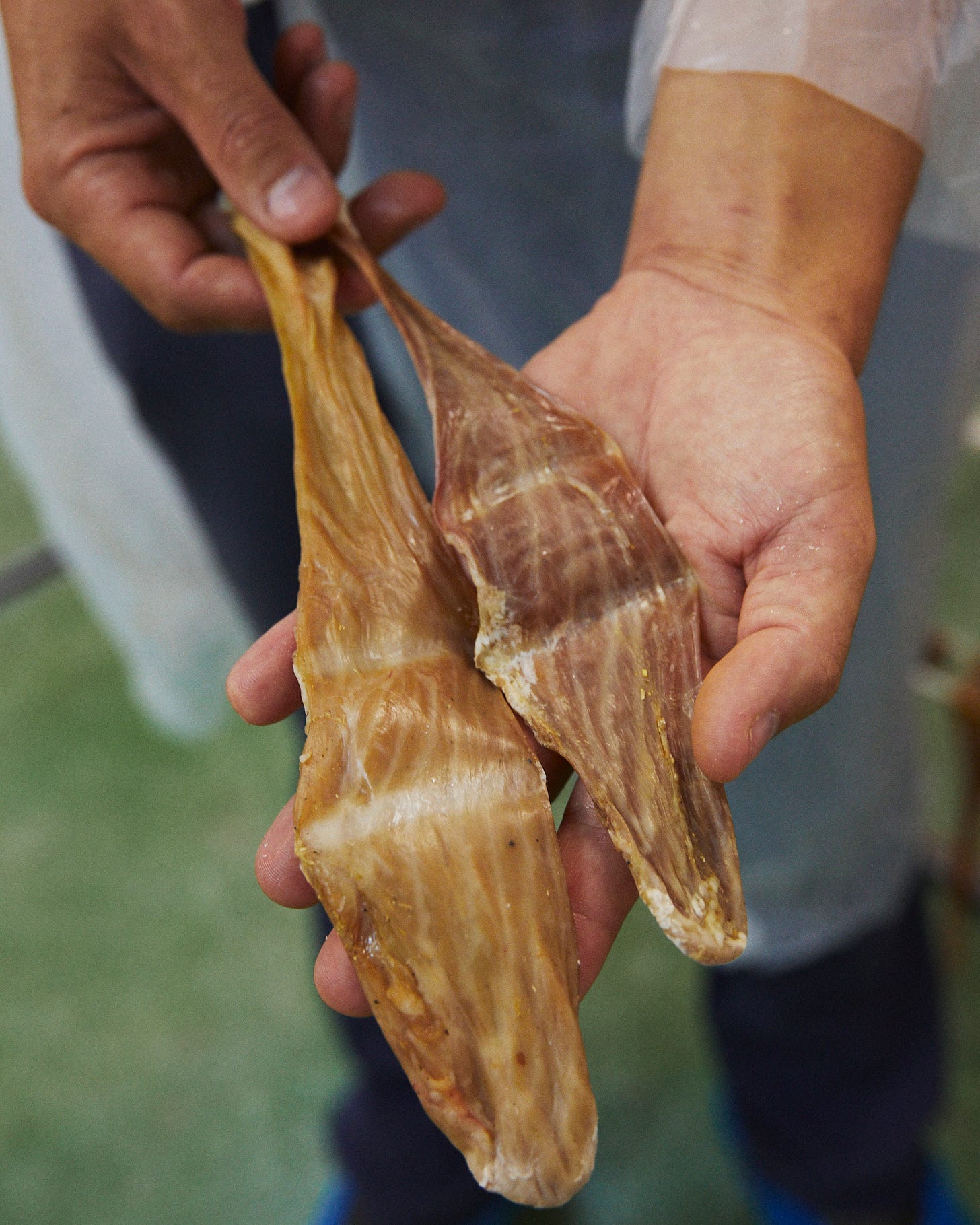
Roughly 80% of the abomasums are delivered empty, and they hand sort each one, removing a strip of fatty tissue, and setting aside any that are from older animals that have a darker appearance and bits of grass inside. Only the stomachs that are a pure white color, coming from animals under 40 days old, will be used to make the company’s liquid rennet. As animals begin eating solid food and less milk, the ratios of chymosin and pepsin start to shift in favor of pepsin, which is less desirable for rennet. The liquid rennet produced by Cuajos Caporal averages 80% chymosin, 20% pepsin. After sorting, the stomachs are salted in an unmeasured but thorough manner, and hung on drying racks in a room kept at 50% humidity and 35c. Dry and hot. After 5 days they are much reduced in size and a dry leathery texture. They are now ready to be processed into liquid rennet by rehydrating, grinding, then steeping in salt water for a week. Finally the the ph of the resulting liquid is reduced to activate the enzymes, and the batch of 800 liters containing the enzymatic power of 8000 lamb stomachs is ready for use by cheesemakers.
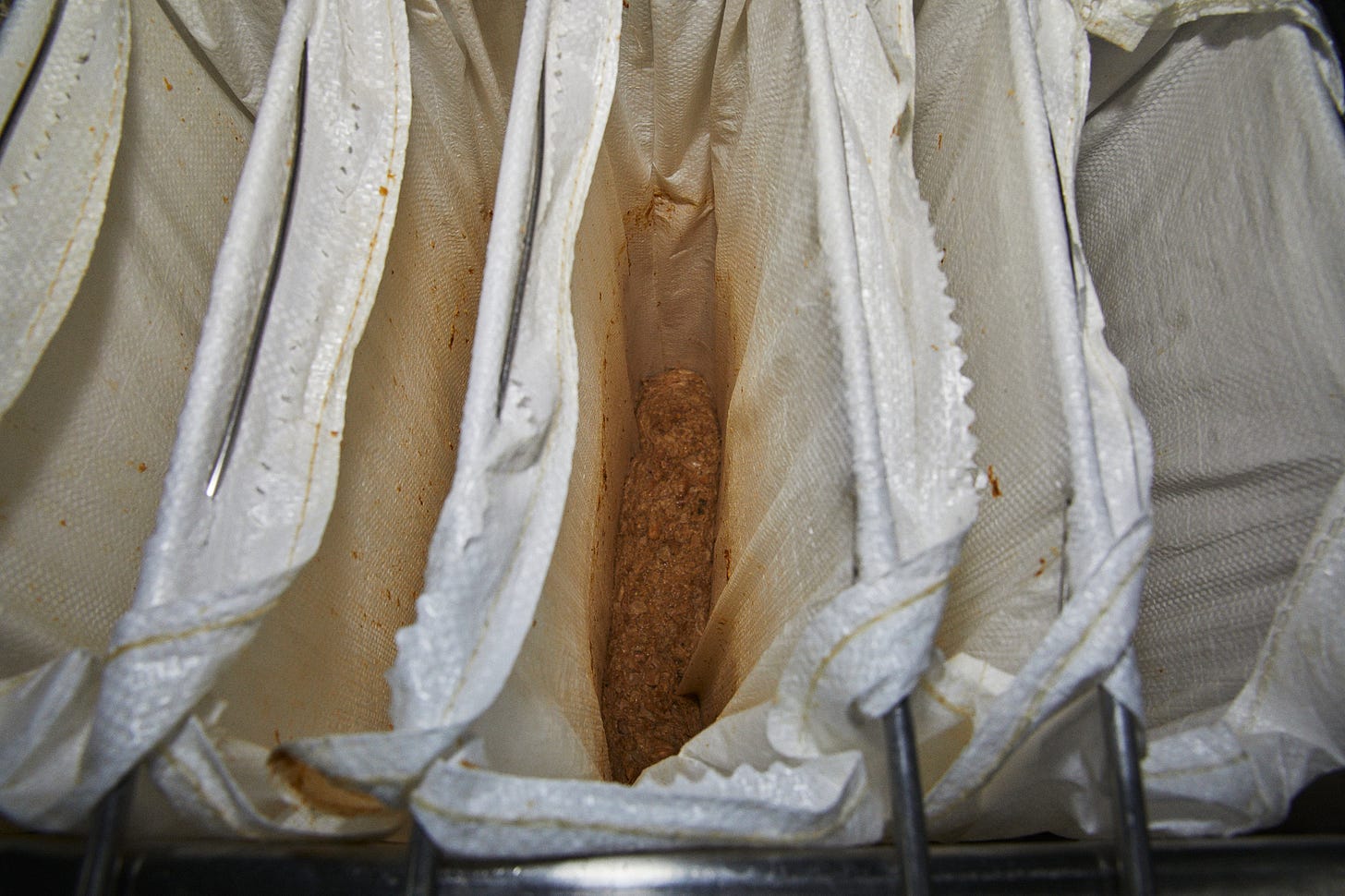
Around 20% of the abomasums come full of coagulated milk, which happens if the lambs drank milk within about roughly 2 hours of slaughter. These are either hung to dry, with a large ball of “cheese” inside, or salted and kept cold until being ground into a paste. The paste made from either fresh or dried will contain the same rations of chymosin and pepsin. But they can lead to different flavors in cheese, as the addition of the “cheese” in the dried abomasums will impart enzymes known collectively as lipase that are not secreted in the stomach, but are found in the salvia which mixes with the milk the animals drink. These enzymes can lead to the spicy, piccante flavors associated with certain cheeses such as pecorinos made in Sardinia and Sicily, where lipase rich rennet pastes are intentionally used to impart these characteristic flavors.
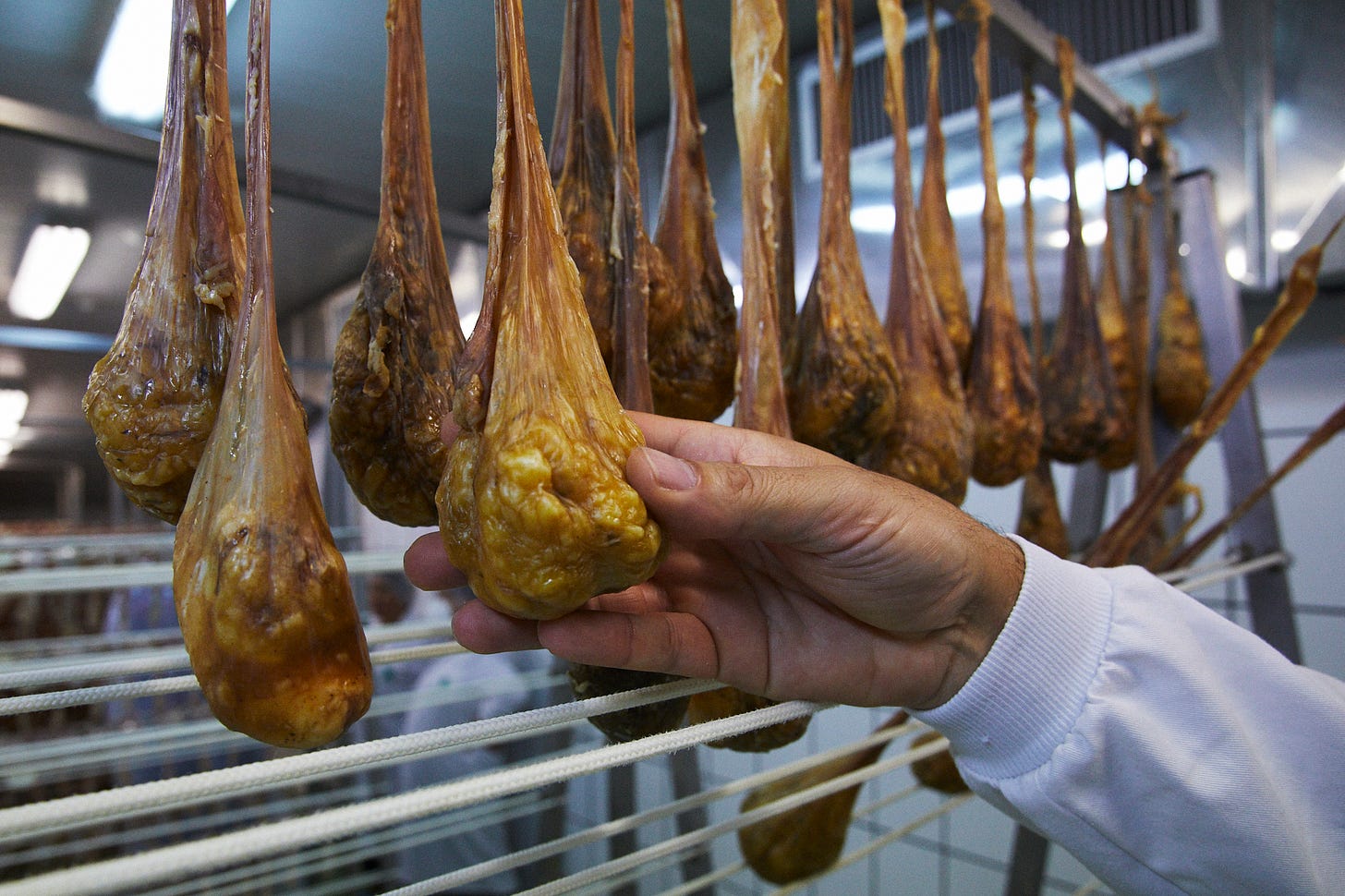
As I research this subject, I will document how rennet is made, discuss the history of its use, and hopefully contribute to greater understanding of how the choice of coagulant impacts cheese ripening and final flavor and texture. I want to understand why there is such a limited range of coagulants available in North America, and encourage makers to seek a wider range. Ideally we can take steps towards domestic or farm level production. Rennet really gets to the heart of the ethical dilemmas of consuming dairy foods, and I feel it is time to confront these realities head on, with adequate information. Don’t hesitate to ask questions or leave comments, I want to encourage conversation and sharing of information.






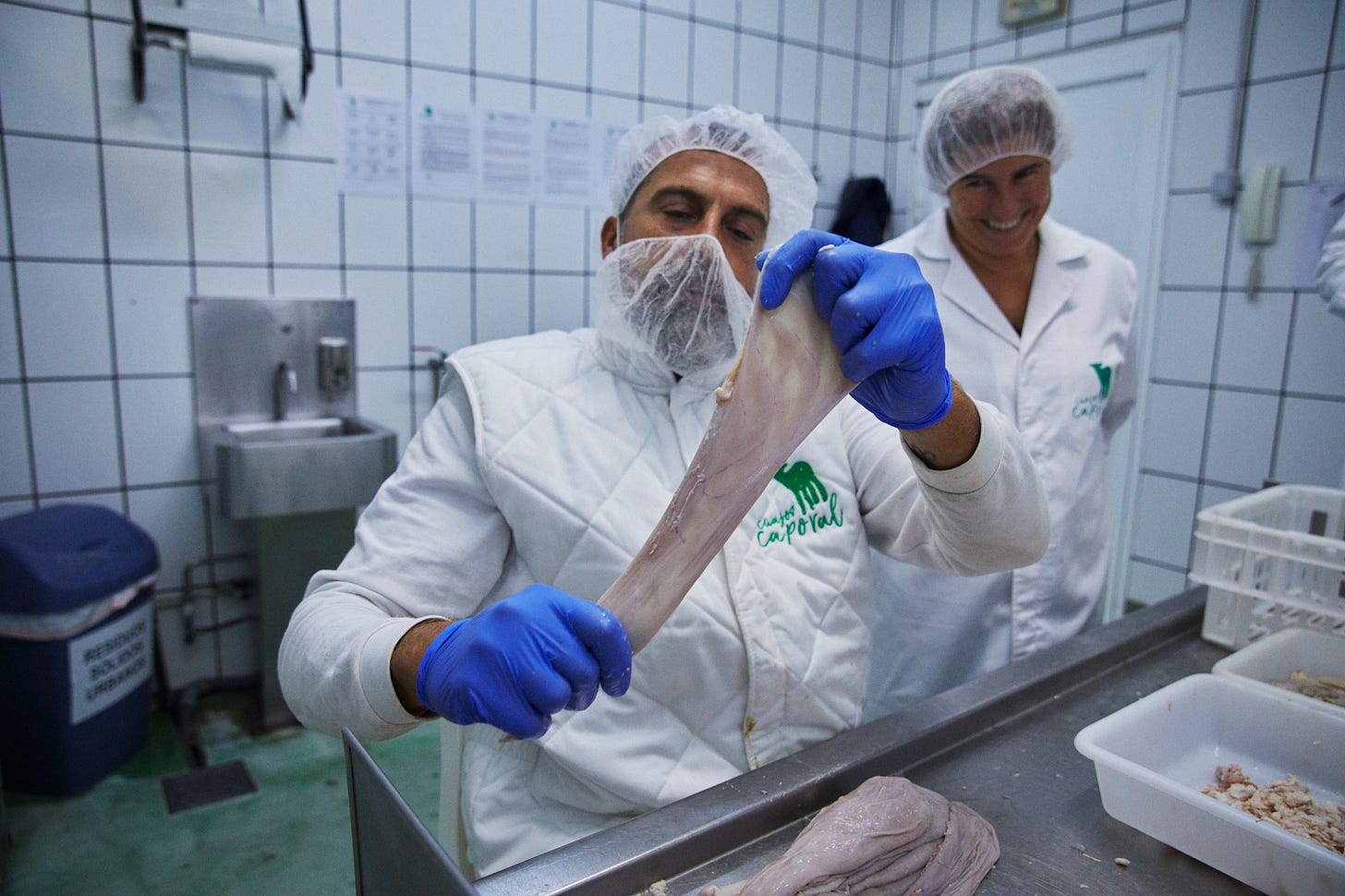

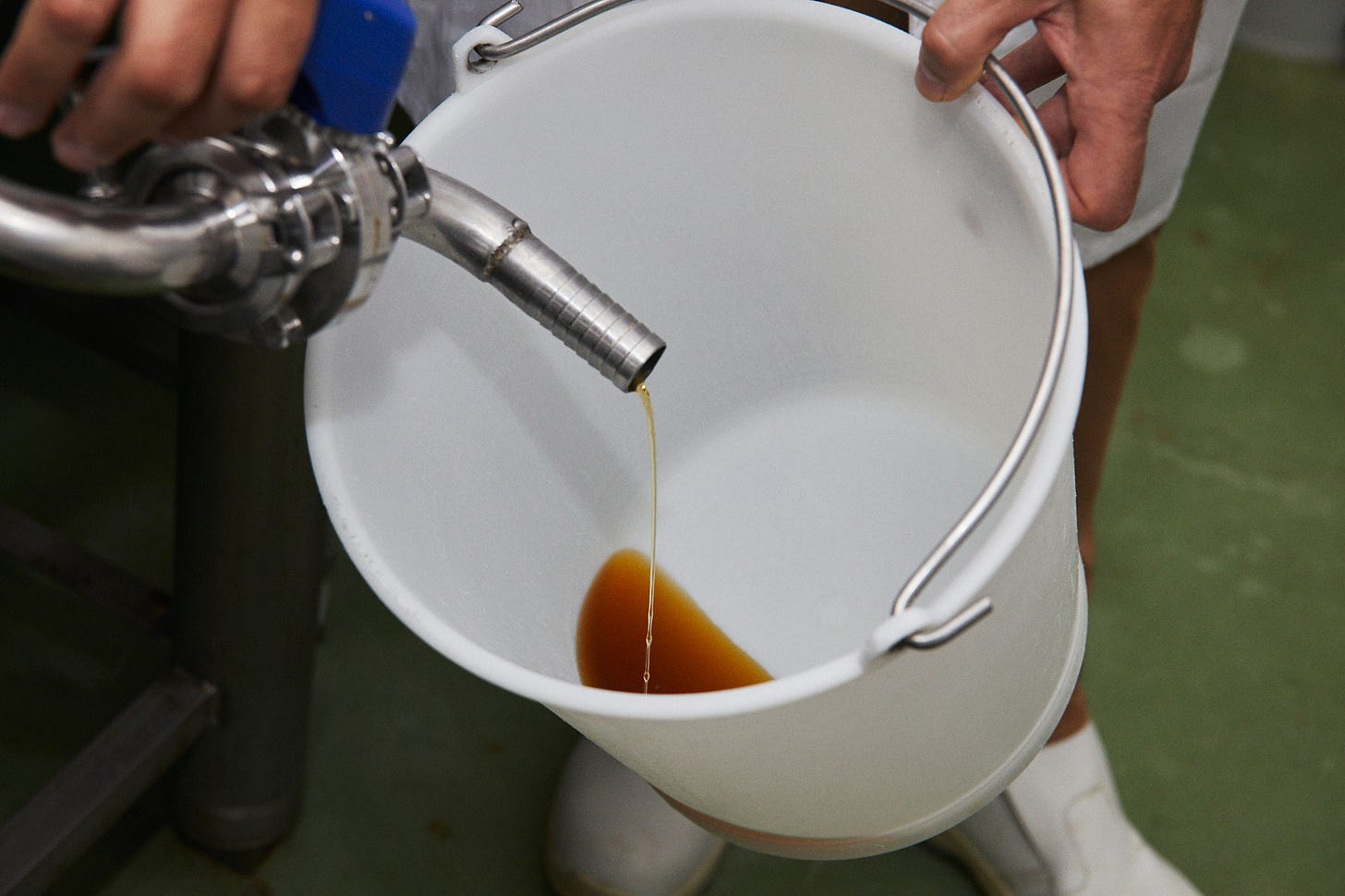
What is their ideal pH & what is their process to change it?
Great shout out to you on 'Cutting the Curd' podcast, pretty cool!